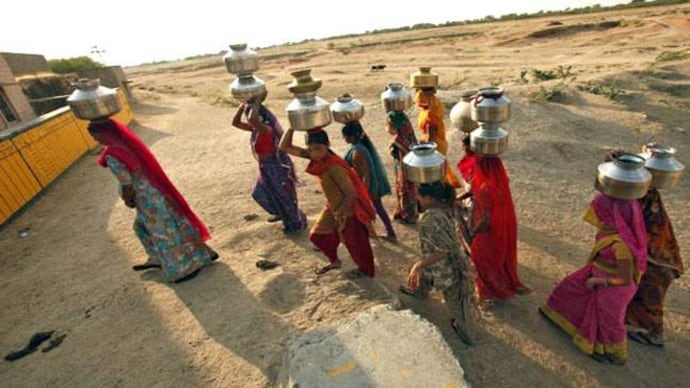Water scarcity could result in some regions losing 6% of their GDP: World Bank report
Water is at the focal point of socio-economic development and its scarcity is one of the most difficult of the UN sustainable development goals to achieve.

In Short
- Without managing water resources other development goals will remain elusive.
- Even water-abundant areas like Central Africa and East Asia will face water scarcity.
- Episodic flood and droughts in areas dependent on rainfall will trigger mass migration.
Water security is one of the most difficult of the United Nations (UN) sustainable development goals to achieve. Without managing water resources other development goals like food and energy security and better quality of life will remain elusive.
Water is at the focal point of socio-economic development. Historically, great civilizations and cities have flourished along great rivers. Water is vital to grow food, generate energy, manage our environment, create jobs and ensure good health.
A 2016 World Bank report finds that water scarcity, triggered by climate change can result in some regions losing 6 per cent of their GDP. It will also trigger forced migration and conflict. Burgeoning populations, higher income and ever expanding metropolises will see huge hike in demand for water, even as already limited supplies become more uncertain and erratic.
ALSO READ | World Water Week: The state of water crisis in India
We need to act 'now'. Even water-abundant areas like Central Africa and East Asia will face water scarcity. In water scarce areas like Middle East and parts of Africa the situation would worsen. The situation would become irreversible by 2050 and maybe earlier and adversely affect agriculture, health and incomes.
Episodic flood and droughts in areas dependent on rainfall will trigger mass migration as food and work become scarcer. Besides climatic change, mismanagement is the root cause of water scarcity. By simply better managing available water resources we can turn negative impact into positives. If policy allocates as little as 25 per cent of available water to high value uses like agriculture, the losses will come down sharply.
ALSO READ | Latur: The great thirst
In arid areas, we need better management backed by strong policies. Focused policies and investments will ensure water security and help in building economies that are more resistant to climate changes. We must better plan water allocation, incentivise water efficiency and invest in infrastructure to ensure security and availability of scarcer water resources.
Historically, India has never been very water scarce, but in the last couple of decades we have seen periodic and area specific acute shortage of water. These are localised phenomena, but an indicator that climate change would not spare the subcontinent. We need to manage available water resources and invest in irrigation and related infrastructure to ensure that a large agrarian society and workforce can thrive and aid in the economic progress of the country.
ALSO READ | India set to become water scarce country by 2025: Report